
Canines are descendent of early wild dogs, wolves and coyotes. It is thought that they traveled around with hunter-gatherer societies in order to scavenge. Over time, the animals became used to the human presence and humans began to notice some benefits to having them around. It is not clear exactly how the first dog was domesticated, however, there is speculation that perhaps an injured or aging wild animal worked its way into human life out of self-preservation. People figured out they made good early warning systems and could in fact help in the hunting process. All this means is that even your tiny pooch has some connection to the wilder, often times more aggressive nature of the wild animal.
Natural
Very rarely if ever do dog's exhibit aggressive behavior simply because of their genetic code. Contrary to popular belief, one breed is not more inclined to violence naturally, than another is. Any dog can become vicious and uncontrollable. Usually, you will find a history of abuse or neglect in a dog who is severely aggressive and sadly these animals are often put down because of the danger they present. Very few people are willing to take the risk to rehabilitate a dog with a penchant for attacking or biting.
Average Aggression
The good news is most dogs do not display the violent aggression that is portrayed through the media. It can and does happen but many dogs are simply attempting to establish and flaunt their dominance when they growl or snap aggressively. It is possible to train a dog who shows these signs, however it requires patience and many times professional help. On that note, you should never attempt to re-train an aggressive dog around children, if you have small children the best thing you can do is surrender the animal, as the risk is too great even if your dog has never bitten.
Do Not's
The first steps in dealing with aggression are instituting a proper training program. Dogs often fall into one of two categories of aggression; they are either human or dog aggressive. In some cases they can be both but not as a rule. Either type must be addressed quickly, nonetheless.
Sometimes what you do not do is as important as what you do, and playing roughly with a puppy is a big no-no. It may be cute and funny for the pint-sized canine to growl and snarl while trying to eat your lunch, but it will not be so cute later when he is much bigger. Tug of war, wrestling and other aggressive play should be kept to a bare minimum if at played at all!
Fear or Dominance
It is very important to figure out why your dog is exhibiting aggression. It is usually a case of fear or dominance. Fearful animals will often lash out at other dogs or even humans to protect themselves. While dominating animals simply want to rule the roost. These are dealt with differently, so determining cause is vital to training.
Fear
When your dog is afraid of people or other animals, you will want to work on desensitizing them. Begin slowly by introducing them a friend's dog in a controlled environment. Leashes are a must have! Let the two begin to socialize taking care to speak soothingly to your dog at all times. When they relax even a bit treat them, stroke their fur and utter reassuring words. This may take some time and you will have to remain in complete control of the situation to prevent injuries. You can also begin walking in populated areas, again treating for proper behavior and reprimanding for inappropriate. Never strike a dog to address aggression!
Dominance
If your dog is saying, they are boss and you are just another pack member you have a problem on your hands. You need to get control of this situation, yesterday! Begin this process by training your dog to sit, stay and come. Put away everything that your dog "owns" and only provide toys, food, water, beds etc... once he sits and waits patiently. Sit down the desired item and hold your dog in the stay position, praise him or her when they have successfully waited for release before obtaining the object. Be careful when it comes to food, it is a good idea to keep them on a leash so that you can pull them away from the bowl if they do not wait for your command. Sticking your hand down to grab a bowl, toy or other object from a growling dog does not make good sense!
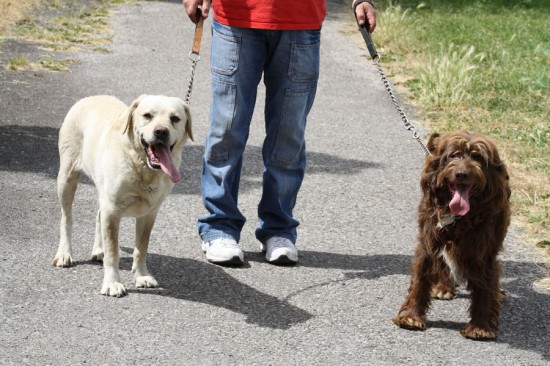 How To Choose A Dog Walker
How To Choose A D
How To Choose A Dog Walker
How To Choose A D
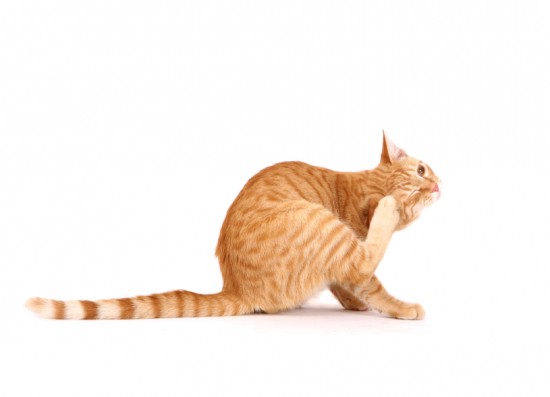 Flea Treatment For Your Cat
Flea Treatment Fo
Flea Treatment For Your Cat
Flea Treatment Fo
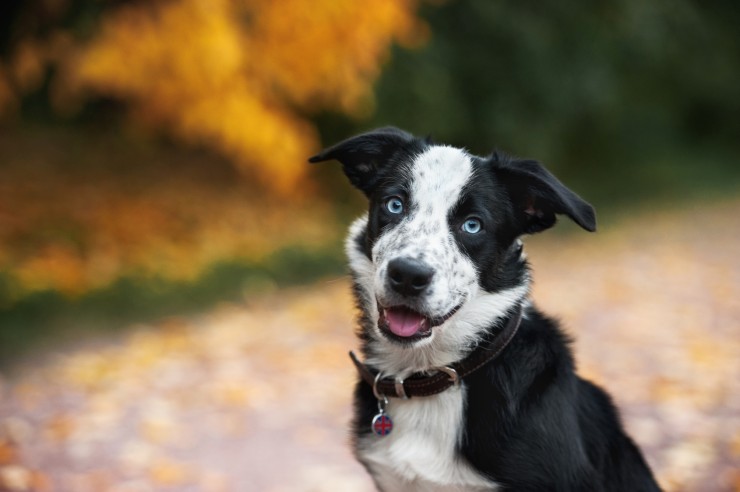 Canine Anorexia - What It Means For Affected Dogs
Canine Anorexia -
Canine Anorexia - What It Means For Affected Dogs
Canine Anorexia -
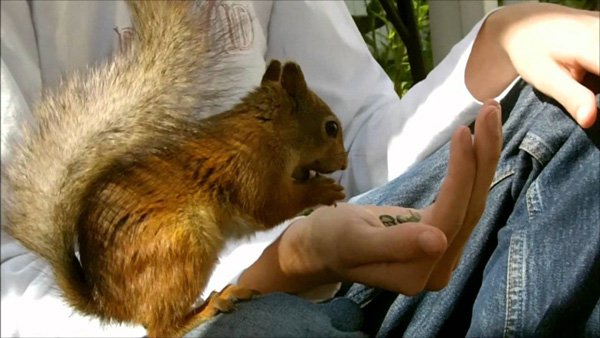 Dog Training Courses Provider
Dog Training Courses Provider
In case you have
Dog Training Courses Provider
Dog Training Courses Provider
In case you have
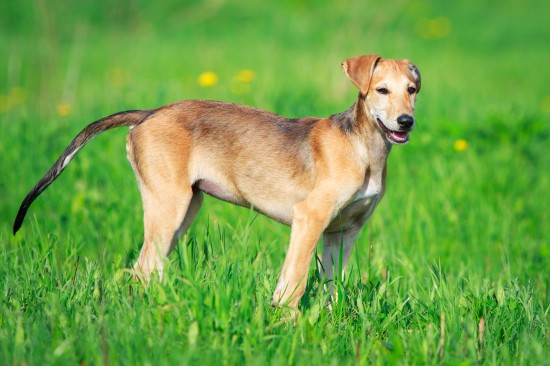 Some Unusual Sighthound Breeds You May Not Know Of
Some Unusual Sigh
Some Unusual Sighthound Breeds You May Not Know Of
Some Unusual Sigh
Copyright © 2005-2016 Pet Information All Rights Reserved
Contact us: www162date@outlook.com